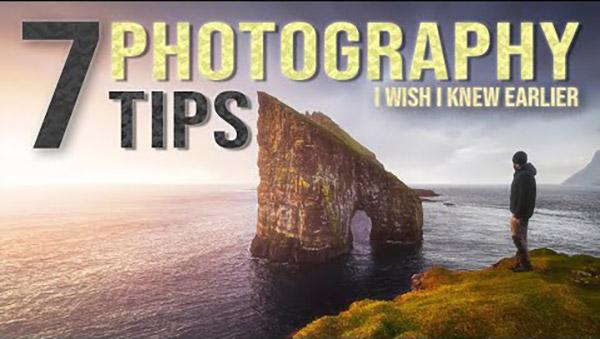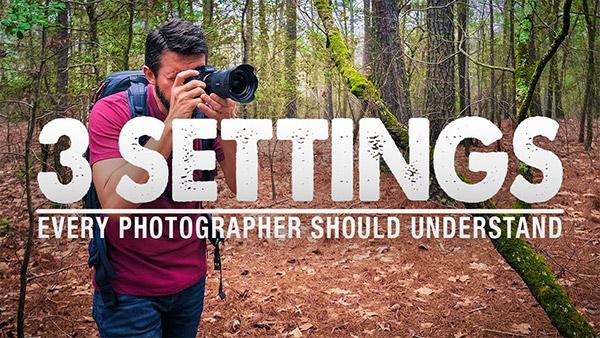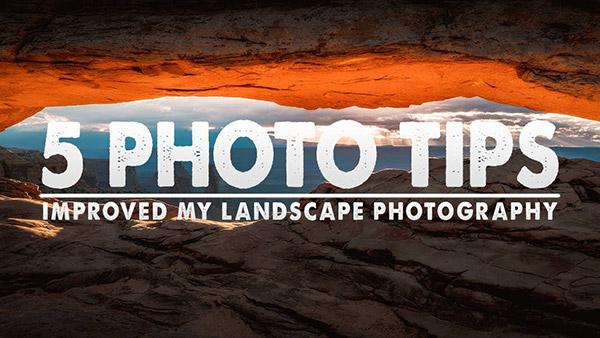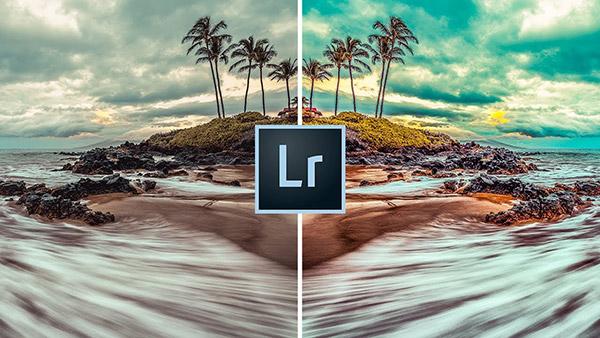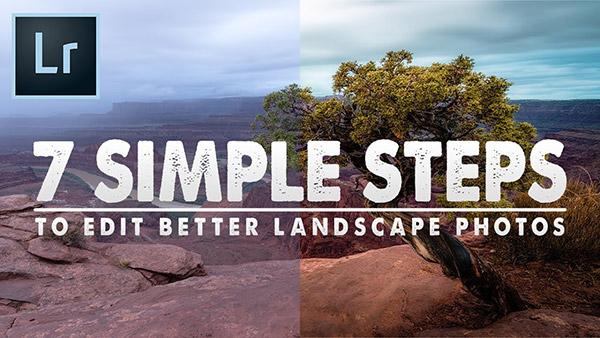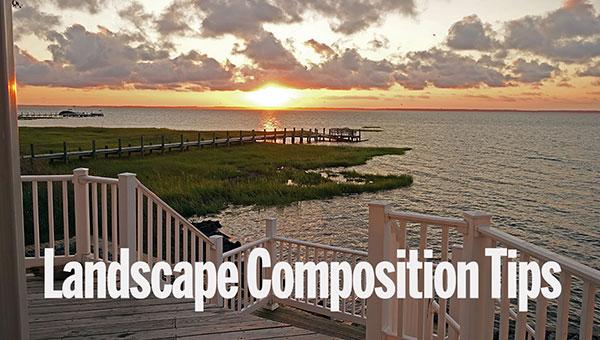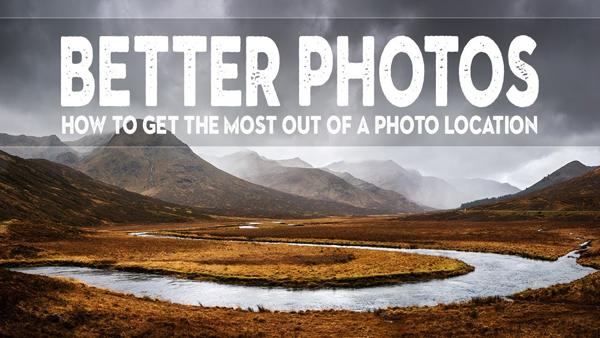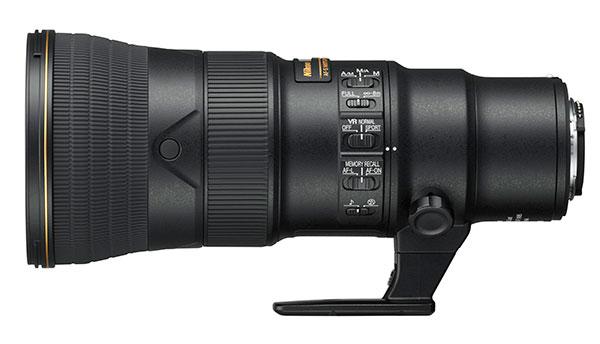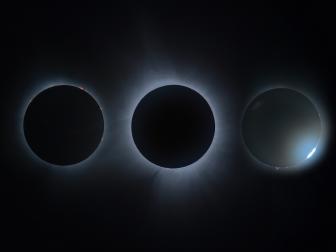Nature Photography How To
Sort By: Post Date TitlePublish Date
|
Apr 23, 2019 |
|
Apr 22, 2019 |
|
Apr 10, 2019 |
|
Apr 03, 2019 |
|
Mar 27, 2019 |
|
Mar 26, 2019 |
|
Mar 15, 2019 |
|
Feb 20, 2019 |
|
Feb 12, 2019 |
|
Feb 07, 2019 |
|
Feb 06, 2019 |
|
Feb 01, 2019 |
|
Jan 10, 2019 |
|
Jan 09, 2019 |
